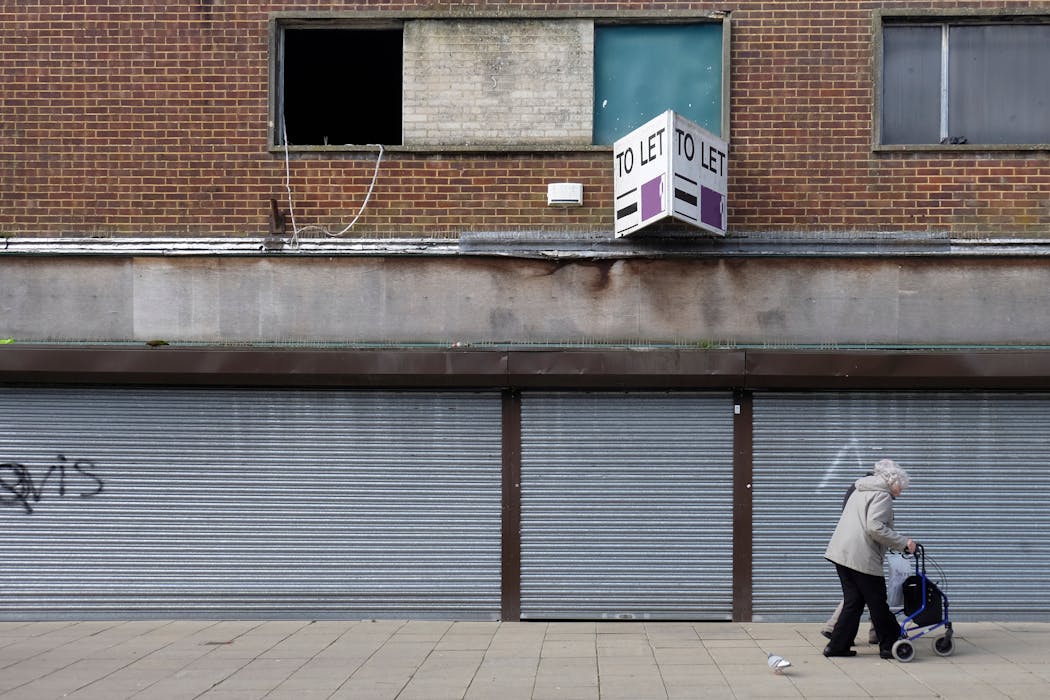More than a year after the UK government abandoned the phrase “levelling up”, it has now launched a fresh strategy to distribute funding to disadvantaged communities. The promise to these deprived areas is three-pronged: investment in community facilities, enhancing public spaces like parks, and revitalising town centres and high streets.
The “Pride in Place” programme will provide up to £5 billion over ten years to support around 250 communities. A further £150 million will be shared between around 95 places across England, Scotland and Wales through an associated impact fund.
The funding is aimed at building stronger, more empowered communities and enhancing physical infrastructure. It also forms part of the Labour government’s efforts to tackle the electoral threat posed by Reform UK in some of the country’s left-behind areas.
The programme is not a wholly new announcement. In its spending review earlier this year, the government announced that 25 trailblazer neighbourhoods would each receive up to £20 million over the next decade. This funding has now been rolled into the Pride in Place programme. For the additional 144 areas named recently, this will be new funding.
The programme is putting more decision-making power in local hands – and this is certainly a good thing. It includes proposals for facilities for young people, backed by a £66 million fund called #iwill as well as a £175 million Community Wealth Fund.
Another welcome aspect are plans to help communities share learning and best practice, and to empower them to drive change locally. For now though, there is little detail on how this will work.
What’s different about this fund is that it involves allocative rather than competitive funding. This means that there is no bidding or tender process. The plan to allocate funding directly to areas based on need is likely to be welcomed by councils that previously criticised competitive funding processes for being costly and time-consuming to apply for.
Read more: The ‘levelling up’ bidding process wastes time and money – here’s how to improve it
Funding is allocated based on a ranking of neighbourhoods using indices that measure deprivation and community needs. The needs of some areas may have changed since the deprivation index was compiled but compared to the Levelling Up Fund, which was criticised for a lack of clarity, this selection process appears to be clearer and more robust.
But the fund is disappointing in its scale and scope. Specifically, it appears to be focused on smaller-scale cosmetic improvements rather than larger-scale transformational change.
